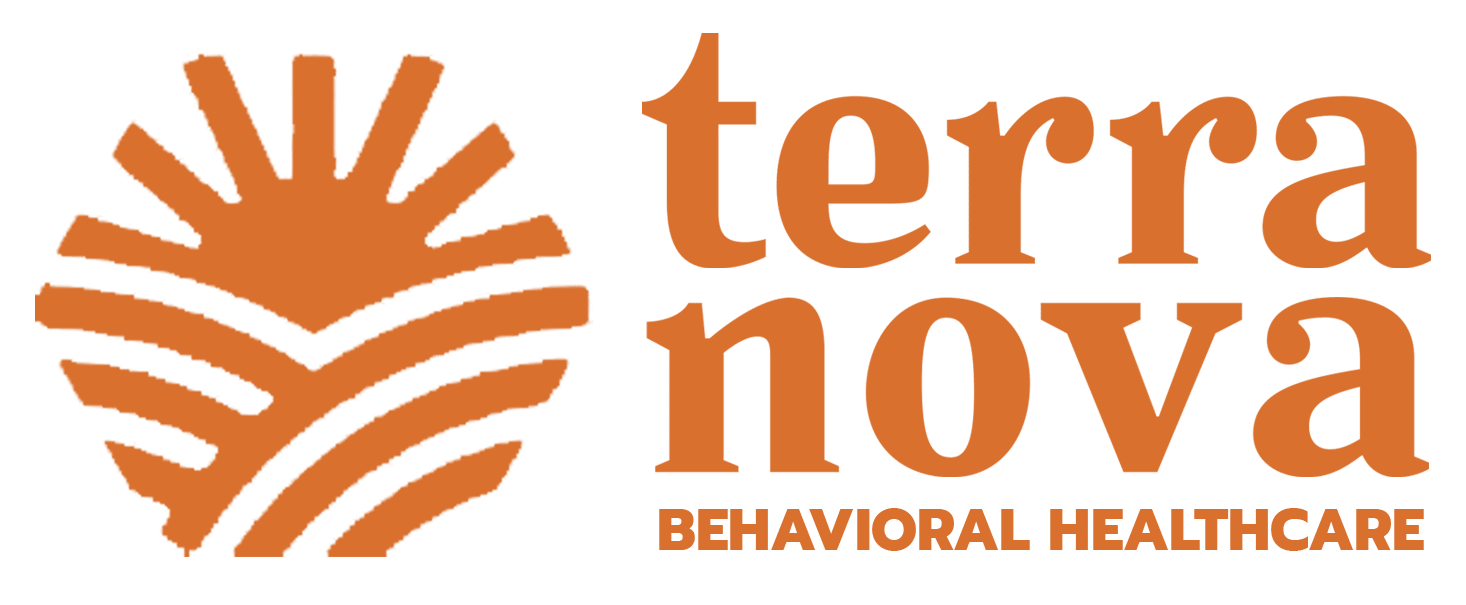Opiates Rehab in Arizona
- ADDICTIONS
Trusted opiate rehab center in Arizona.

learn more
What Are Opiates?
Opiates—often called simply “pain pills”—can refer to illegal drugs such as heroin and synthetic fentanyl, but also includes prescription pain relievers like oxycodone (OxyContin), hydrocodone (Vicodin), codeine, morphine, and others. Opiates have been used for pain relief and other medical conditions for centuries. Evidence of opiate trade and use for pain relief dates back to the eighth century AD. Opiates are alkaloid compounds naturally found in the opium poppy plant Papaver somniferum, and the psychoactive compounds found in the opium plant include morphine, codeine, and thebaine. Heroin, a highly addictive drug derived from the morphine alkaloid found in opium poppy plants, was first synthesized legally from morphine in the late 1800s. However, by the early 1900s, addiction and abuse were widespread, and by 1924, federal law made heroin illegal.
Opiates are generally safe when taken for a short time as prescribed by a doctor. Even used as directed, however, there is still the potential to develop a chemical dependence.
Additionally, because they can produce a sense of euphoria in the user, opiates are a common target for substance abuse. Misuse can result in addiction, overdose, or even death. If you or someone you know is struggling with opiate addiction, support is available through our Arizona opiate rehab center at Terra Nova Treatment.
Speak to One of Our Caring Advisors Now
Request a Confidential Callback
the statistics
The Extent of the Opioid Crisis in the U.S.
Healthcare providers began prescribing opioid pain pills at greater rates in the late 1990s, after being reassured by pharmaceutical companies that patients would not become addicted to them. The corresponding increase in both demand and supply of opiates led to widespread misuse before it became obvious that they were, indeed, addictive.
The U.S. Department of Health and Human Services declared the opioid epidemic a public health emergency after overdoses rose to over 42,000 deaths in 2016 alone—more than any previous year on record.
It is estimated that 40 percent of opioid overdose deaths involve prescription medication.
Why Do People Abuse Prescription Pain Pills?
Respondents of a survey on the use and abuse of prescription pain pills listed their reasons for abusing a pain reliever including motivations such as:
- Relieving physical pain
- Relaxing or relieving tension
- Experimentation
- Feeling good
- To get high
- To help with sleep
- For help with feelings or emotions
- To increase or decrease the effects of other drugs, or
- Because they are hooked and feel they “need” the drug
About 21 to 29 percent of patients who are prescribed opioids for chronic pain misuse them. Furthermore, between eight and 12 percent develop an opioid substance use disorder (SUD), or addiction. Of those who abuse prescription opioids, about four to six percent will transition to heroin. Prescription pain pill abuse can have dangerous or deadly effects, especially if taken in high doses or in combination with other drugs. It is important to identify prescription pain pill abuse early and intervene as soon as possible to prevent the problem from turning into an addiction.
Signs of Opioid Addiction
Someone abusing pain pills will often demonstrate physical signs such as:
- Restricted pupils
- Slower breathing rate
- Confusion
- Euphoria or extreme happiness after taking a dose
- Sedation or tiredness after the euphoria is gone
- Nodding off or loss of consciousness
Additionally, people who are beginning to use opioids may feel itchy, nauseated, and/or drowsy. They may also vomit, be constipated, or have slower reaction times.
Certain behaviors associated with addiction may become apparent before any physical symptoms are noticed or reported. Individuals in the beginning stages of addiction often:
- Withdraw from previous activities and commitments, like school or work
- Lose interest in previous hobbies
- Begin different habits and routines
- Become angry and irritable
- Be anxious or nervous, secret or dishonest
- Neglect their physical appearance
- Go to increasing extreme measures in order to obtain more drugs
If you’ve noticed these signs or symptoms in yourself or a loved one and are looking for ways to work through them, our Arizona opiate rehab center at Terra Nova may be able to help.

Opioid Withdrawal
Symptoms of opioid withdrawal can begin as early as six hours after the last dose. This timing depends on whether the person has taken a short-acting (e.g., oral morphine, hydromorphone, oxycodone, and codeine) or long-acting (e.g., fentanyl patch, methadone, morphine, or oxycodone controlled-release) opioid.
Early withdrawal will cause tearing-up, muscle aches, agitation, insomnia, excessive yawning, anxiety, running nose, sweating, racing heart, hypertension, and fever. Someone withdrawing from opioids may also experience flu-like symptoms such as:
- Nausea
- Vomiting
- Stomach cramps
- Diarrhea
- Goosebumps
- Depression
- Drug cravings
Opioid withdrawal symptoms will reach their peak around 72 hours after dose and may last around a week.
Rapid Opiate Overdose Treatment
If an opioid overdose occurs, it can be reversed if naloxone (aka “NARCAN”) is administered immediately. Naloxone is an opioid antagonist that binds to the opioid receptors to reverse and blocks the effects of other opioids in a person’s system. Naloxone is a prepackaged nasal spray that is needle-free, requires no assembly, and is sprayed into just one nostril while the patient lays on their back.
Normal respiration can be quickly restored to a person whose breathing is dangerously slow or has stopped due to an overdose of heroin or prescription opioid medication.
Naloxone can be given in three FDA-approved forms: injectable (which requires professional training), auto-injectable, and prepackaged nasal spray.
Auto-injectables appear under the brand name EVZIO and are pre-filled devices that get injected into the outer thigh. The device provides verbal instructions on how to deliver the medication once it is activated, like an automated defibrillator.
While the liquid injectable form needs to be distributed by a paramedic, doctor, or another first responder who is specially trained, the auto-injector or nasal spray (depending on state law) may be administered by anyone.
Some states require a physician’s prescription for naloxone while others allow pharmacies to distribute without one. Dosages depend on the formulation and some patients may need more than one dose to restart respiration.
Once the dose is given, the patient should be monitored until emergency services arrive. Medical professionals will need to watch them for an additional two hours following the last dose of naloxone to ensure breathing does not slow or stop.
start today
Opioid and Opiate Addiction Recovery
Overcoming an addiction to opioids can be difficult. If you or someone you love is suffering from addiction, we can help.
Terra Nova provides a safe Arizona-based opiate treatment center for detoxification while leveraging other resources that teach healthy ways to address underlying causes of addiction.
Our opiate addiction treatment center specializes in treating the patient with a comprehensive, holistic approach to addiction recovery.
Reach out to us today to find out how full recovery is possible with access to quality care and whole-person-focused treatment.
Paying for Treatment
We Work With Most Major Insurance
Terra Nova Behavioral Health works with most major insurance carriers to help cover most of the costs associated with treatment at our program. Get a free insurance verification right now to find out your personal options for treatment.








